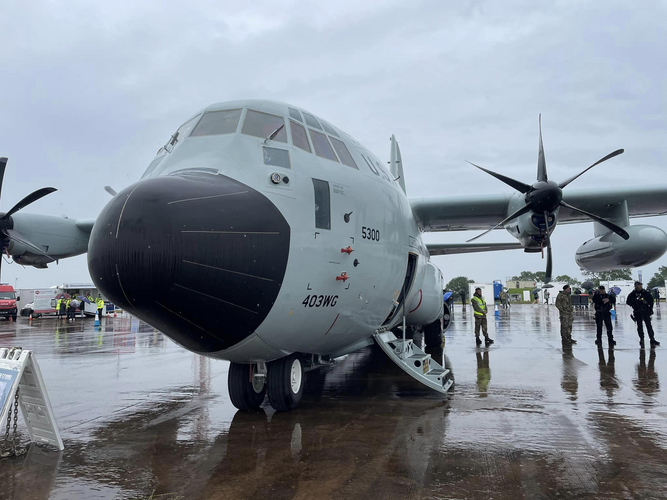PR200013Z DEC 75
FM SECSTATE WASHDC
TO AMEMBASSY NDJAMENA PRIORITY
INFO AMEMBASSY PARIS
CONFIDENTIAL STATE 29961 1
E.O. 11652: GDS
TAGS: MASS, PFOR, CD, US
SUBJECT: MEETING BETWEEN ROASNGAR AND MULCAHY
REF: A) STATE 293666; B) NDJAMENA 3171
SUMMARY: MINISTER OF TERRITORIAL ADMINISTRATION ROASNGAR PAID FAREWELL CALL ON ACTING ASSTSECY MULCAHY DEC. 15. ROASNGAR DESCRIBED THE CONTACTS HE HAD HAD WITH AMERICAN ARMS MANUFACTURERS, AND SOLICITED DEPT'S SUPPORT FOR CHAD'S EFFORT TO OBTAIN CERTAIN EQUIPMENT NOT READILY AVAILABLE ON COMMERCIAL MARKET AND FOR ARRANGING FINANCING. ROASNGAR THANKED MULCAHY FOR DEPT'S ASSISTANCE AND SAID THAT HE WOULD MAKE FULL REPORT TO PRESIDENT MALLOUM. MULCAHY INDICATED THAT DEPT WOULD FAVORABLY CONSIDER ANY REQUEST FOR AN EXPORT LICENSE BY FIRMS WISHING TO SELL EQUIPMENT TO CHAD, BUT THAT CHAD WOULD HAVE TO WORK OUT QUESTION OF FINANCING ON ITS OWN. END SUMMARY.
1. MINISTER OF TERRITORIAL ADMINISTRATION AND ENVIRONMENT ROASNGAR, ACCOMPANIED BY AMB. ALINGUE AND LT. KONDOL, PAID FAREWELL CALL ON ACTING ASST. SECYMULCAHY DEC. 15. ROASNGAR GAVE RUNDOWN OF HIS VISITS TO FOUR AMERICAN FIRMS DURING PERIOD DEC. 12-15. DETAILS OF FOUR VISITS AS FOLLOWS: A) LOCKHEED: CHAD INTERESTED IN L-100, CIVILIAN VERSION OF C-130 "HERCULES" CARGO PLANE. CHADIAN DELEGATION TOLD LOCKHEED THAT IT WAS INTERESTED IN ACQUIRING TWO L-100S. FINANCING HOPEFULLY TO BE ARRANGED THROUGH EXIMBANK. B) CHAD INTERESTED IN S-58T HELICOPTER (COMMERCIAL AIRCRAFT, ADAPTED FROM FORMER MILITARY VERSION). THIS HELICOPTER WELL ADAPTED FOR CARGO/PASSENGER TRIPS ACROSS RUGGED TERRAIN. AGAIN, MONEY HOPEFULLY TO BE BORROWED FROM EXIMBANK FOR PURCHASE. C) CHADIANS VERY EXCITED BY OV-1 "MOHAWK" AIRCRAFT, WHICH IS TURBOPROP OBSERVATION PLANE, PRODUCTION OF WHICH CEASED IN 1960'S. VARIOUS FEATURES OF PLANE MAKE IT IDEAL FOR CHAD'S NEEDS— CAN LAND ON SHORT RUNWAYS, ADAPTABLE TO DUSTY TERRAINS, LOW PRICE, LESS MAINTENANCE NEEDED COMPARED TO JET AIRCRAFT. GRUMMAN ALSO OFFERED COMPREHENSIVE TRAINING PROGRAM THAT WOULD PRODUCE CHADIANS CAPABLE OF FLYING CRAFT WITHIN SIX MONTHS. HOWEVER, USG IS OWNER OF ALL REMAINING COPIES OF THIS PLANE IN US; SPECIAL PERMISSION WOULD BE NEEDED TO SELL MOHAWK TO CHAD. FURTHER DETAILS IN PARA 4. D) C ADIT LAC-GAGE: CHAD INTERESTED IN V-55 "COMMANDO" ARMORED PERSONNEL CARRIERS. CHADIANS SAID THAT THEY MIGHT PURCHASE AS MANY AS TWENTY OF THESE.
2. FOLLOWING ACCOUNT OF HIS FOUR-DAY WHIRLWIND TRIP AROUND US, ROASNGAR ASKED FOR DEPT’S ASSISTANCE IN SECURING PERMISSION TO PURCHASE OV-1 MOHAWK AND FOR RAISING MONEY TO FINANCE PURCHASES. ROASNGAR MADE EARNEST PLEA FOR HELP IN SECURING EXIMBANK CREDITS. MULCAHY NOTED THAT EXIMBANK WAS AUTONOMOUS ENTITY WHICH FOLLOWED ITS OWN CREITERIA IN MAKING LOAN DECISIONS. HOWEVER, DEPT WOULD FAVORABLY CONSIDER A REQUEST FOR AN EXPORT CONTROL LICENSE FOR PURCHASE OF ANY EQUIPMENT THAT CHAD CAN FINANCE.
3. ROASNGAR CLOSED MEETING BY NOTING THAT HE WAS OBLIGED TO RETURN TO CHAD IMMEDIATELY IN ORDER MAKE FULL REPORT OF HIS VISIT TO PRESIDENT MALLOUM. HE STATED THAT EQUIPMENT CHAD WAS SEEKING WAS MINIMUM NECESSARY FOR GOC TO INSURE INTERNAL SECURITY. ROASNGAR THANKED MULCAHY FOR ASSISTANCE PROVIDED BY DEPT IN ARRANGING APPOINTMENTS AND SAID THAT RECEPTION FROM AMERICAN FIRMS WAS EXCELLENT.
4. DIFFICULTY WITH CHAD'S REQUEST FOR OV-1 MOHAWK IS THAT USG OWNS ONLY COPIES CURRENTLY AVAILABLE. CHAD NOT CURRENTLY ELIGIBLE TO PURCHASE THESE USG-OWNED AIRCRAFT UNDER THE PROVISIONS IN FOREIGN MILITARY SALES ACT (FMSA). DOD HAS NO RPT NO AUTHORITY TO SELL AIRCRAFT TO US FIRM SUCH AS GRUMMAN FOR RESALE TO FOREIGN COUNTRY WHICH WOULD BE IN CIRCUMVENTION OF LEGAL REQUIREMENTS SET OUT IN FMSA.
5. WE HAVE LEARNED THAT FIGURES FOR HELICOPTERS CITED PARA 2 REF (C) ARE IN ERROR. SIKORSKY HAS INFORMED DEPT THAT ONLY PRICE IT MENTIONED IN DISCUSSIONS WITH CHADIANS WAS BASIC PRICE OF DOLS 800,000 PER AIRFRAME. CHAD REPORTEDLY INTERESTED IN TWO S-58S, SO TOTAL PRICE WOULD BE BELOW DOLS 2 MILLION.
6. IN MEETING WITH DEPTOFF DECEMBER 18, AMBASSADOR ALINGUE EXPRESSED HIS PERSONAL FEELING THAT IF US WISHES TO REMAIN CHAD S "ALLY", IT WILL EXERT ITSELF TO ASSIST CHAD IN OBTAINING MILITARY EQUIPMENT. ALL OTHER BILATERAL PROBLEMS (INCLUDING STAND ON KOREA AT UN) ARE SUBORDINATE TO QUESTION OF SECURITY ASSISTANCE, DUE TO PRESSING NATURE OF PROBLEM. ALINGUE SAID HE WAS SPEAKING ENTIRELY ON HIS OWN, BUT MENTIONED THAT HE FELT US COULD MAKE SIGNIFICANT INPUT INTO CHAD'S FOREIGN POLICY IF IT PROVED TO BE A FAITHFUL ALLY IN THIS CASE. ALINGUE FELT THAT HE WILL BE INFORMED OF WHAT PATH CHAD WILL TAKE IN FUTURE VIS-A-VIS US DURING HIS CONSULTATIONS IN NDJAMENA. HE PLANNED TO DEPART WASHINGTON FOR CONSULTATIONS DECEMBER 18.
7. COMMENT: OVERALL, ROASNGAR'S TRIP WENT SMOOTHLY.
HE AND ALINGUE BOTH STRESSED THAT EQUIPMENT NEEDED ASAP TO COUNTER INSURGENCY PROBLEM. LOCKHEED L-100 AIRCRAFT APPEAR OUT OF REALM OF POSSIBILITY FOR CHAD DUE HIGH COST (ABOUT DOLS 13 MILLION FOR TWO REFITTED CRAFT), AND OPTION OF SALE OF MOHAWKS DOES NOT APPEAR POSSIBLE UNDER EXISTING LAW. KISSINGER
CONFIDENTIAL
 C-130J-2.jpeg1.4 MB · Views: 27
C-130J-2.jpeg1.4 MB · Views: 27 C-130J-3.jpeg1.1 MB · Views: 16
C-130J-3.jpeg1.1 MB · Views: 16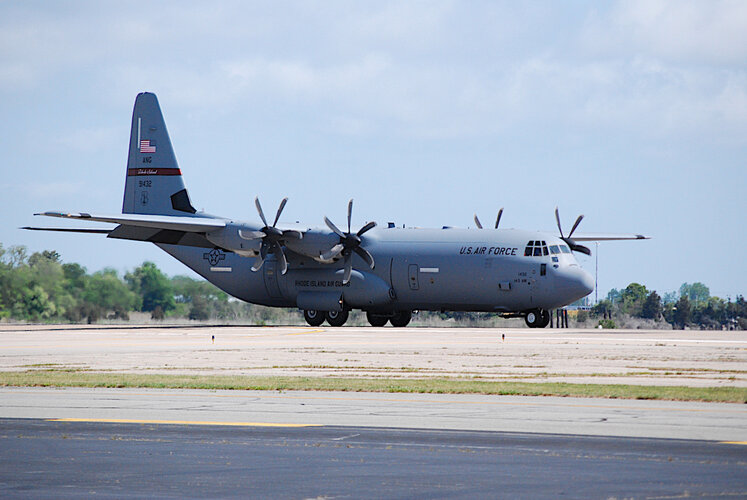 C-130J-4.jpeg1.3 MB · Views: 15
C-130J-4.jpeg1.3 MB · Views: 15 C-130J-6.jpeg594.5 KB · Views: 16
C-130J-6.jpeg594.5 KB · Views: 16 C-130J-5.jpeg1.7 MB · Views: 14
C-130J-5.jpeg1.7 MB · Views: 14 C-130J-7.jpeg411.6 KB · Views: 15
C-130J-7.jpeg411.6 KB · Views: 15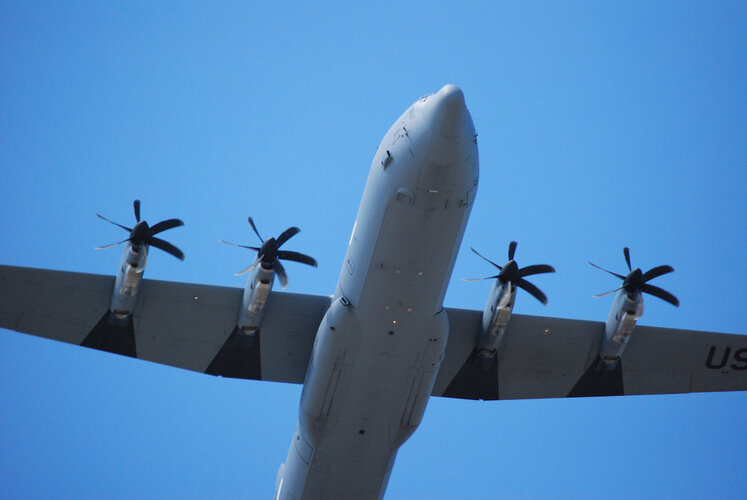 C-130J-8.jpeg1.2 MB · Views: 14
C-130J-8.jpeg1.2 MB · Views: 14 C-130J-9.jpeg1.4 MB · Views: 15
C-130J-9.jpeg1.4 MB · Views: 15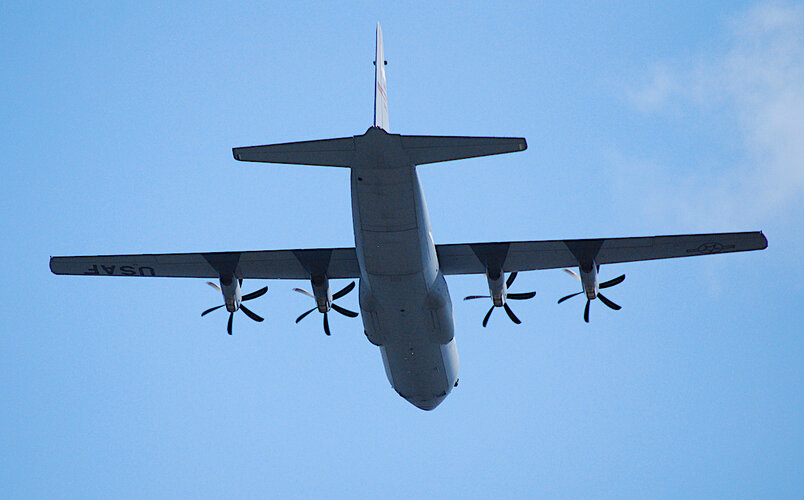 C-130J-10.jpeg1.4 MB · Views: 14
C-130J-10.jpeg1.4 MB · Views: 14 C-130J-11.jpeg1.1 MB · Views: 14
C-130J-11.jpeg1.1 MB · Views: 14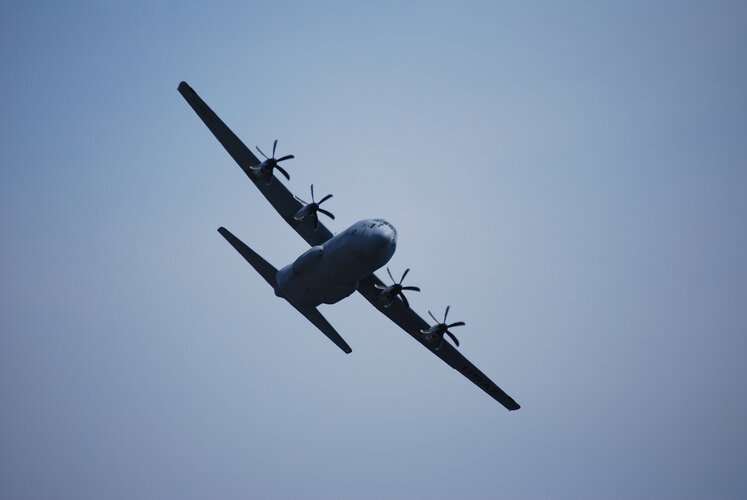 C-130J-12.jpeg814.8 KB · Views: 14
C-130J-12.jpeg814.8 KB · Views: 14 C-130J-13.jpeg1.2 MB · Views: 16
C-130J-13.jpeg1.2 MB · Views: 16 C-130J-14.jpeg1.3 MB · Views: 17
C-130J-14.jpeg1.3 MB · Views: 17 C-130J-15.jpeg1.7 MB · Views: 17
C-130J-15.jpeg1.7 MB · Views: 17 C-130J-16.jpeg1.8 MB · Views: 32
C-130J-16.jpeg1.8 MB · Views: 32










